
| Recorded by: David George, Jim Petranka on 2025-06-29
Richmond Co.
Comment: | 
| Recorded by: David George, David Bradley, Becky Watkins, David Cheng, Michelle Lotker, Tracy Feldman, et al. on 2025-06-28
Durham Co.
Comment: |
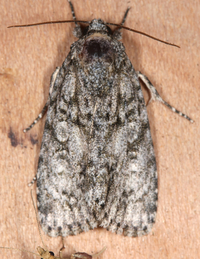
| Recorded by: Jim Petranka and Mark Basinger on 2025-06-23
Buncombe Co.
Comment: | 
| Recorded by: Jeff Niznik, David George, Larry Chen, Sarah Toner, Joye Zhou on 2025-06-20
Richmond Co.
Comment: |

| Recorded by: Jeff Niznik, David George, Larry Chen, Sarah Toner, Joye Zhou on 2025-06-20
Richmond Co.
Comment: | 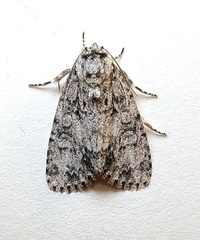
| Recorded by: Mark Basinger on 2025-06-12
Wilson Co.
Comment: |
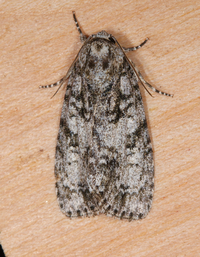
| Recorded by: Jim Petranka, Mark Basinger and Becky Elkin on 2025-05-18
Buncombe Co.
Comment: | 
| Recorded by: Mark Basinger on 2025-04-25
Brunswick Co.
Comment: |

| Recorded by: Ken Kneidel on 2024-09-23
Mecklenburg Co.
Comment: | 
| Recorded by: David George, Jeff Niznik on 2024-09-05
Orange Co.
Comment: |

| Recorded by: Simpson Eason on 2024-08-27
Durham Co.
Comment: | 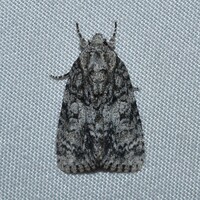
| Recorded by: David George, Jeff Niznik, Kevin Bischof on 2024-08-07
Transylvania Co.
Comment: |
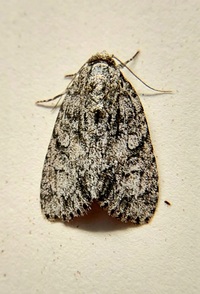
| Recorded by: Mark Basinger on 2024-07-18
Wilson Co.
Comment: | 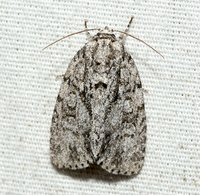
| Recorded by: David George on 2024-07-15
Chatham Co.
Comment: |
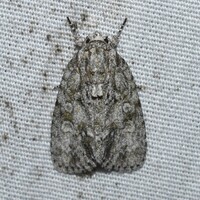
| Recorded by: David George, Jeff Niznik on 2024-07-08
Chatham Co.
Comment: | 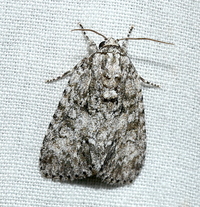
| Recorded by: David George on 2024-07-04
Chatham Co.
Comment: |
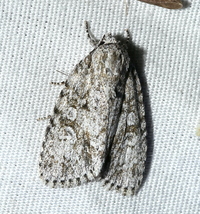
| Recorded by: David George on 2024-07-04
Chatham Co.
Comment: | 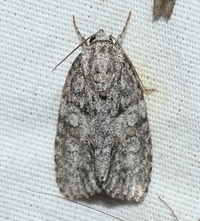
| Recorded by: David George, Jeff Niznik, Stephen Dunn on 2024-06-29
Chatham Co.
Comment: |
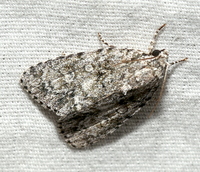
| Recorded by: David George, Stephen Dunn, Jeff Niznik, Patrick Coin on 2024-06-22
Chatham Co.
Comment: | 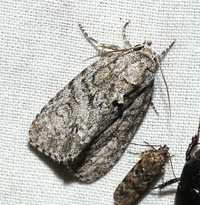
| Recorded by: David George, Stephen Dunn, Jeff Niznik, Patrick Coin on 2024-06-22
Chatham Co.
Comment: |
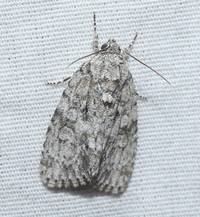
| Recorded by: David George, Steve Hall, Patrick Coin, Mark Basinger on 2024-06-16
Chatham Co.
Comment: | 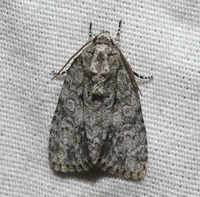
| Recorded by: David George, Tracy Feldman, Jeff Niznik, Rich Teper on 2024-06-09
Wake Co.
Comment: |
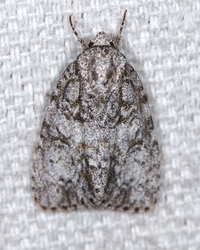
| Recorded by: Jim Petranka on 2024-05-20
Madison Co.
Comment: | 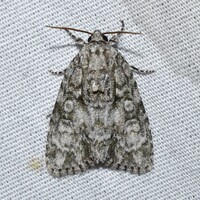
| Recorded by: David George, Jeff Nizink, Rich Teper on 2024-05-16
New Hanover Co.
Comment: |

| Recorded by: tom ward on 2024-05-13
Buncombe Co.
Comment: | 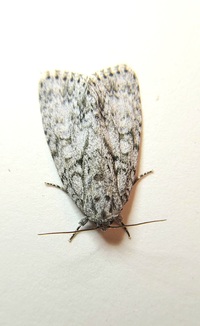
| Recorded by: Mark Basinger on 2024-05-02
Wilson Co.
Comment: |
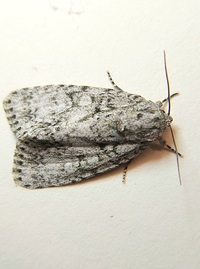
| Recorded by: Mark Basinger on 2024-05-02
Wilson Co.
Comment: | 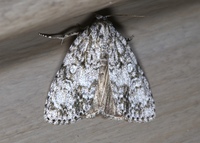
| Recorded by: Jim Petranka on 2024-04-23
Madison Co.
Comment: |
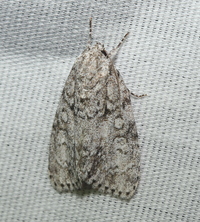
| Recorded by: David George, Jeff Niznik, Rich Teper on 2024-04-17
New Hanover Co.
Comment: | 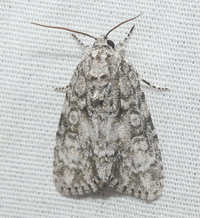
| Recorded by: David George, Jeff Nizink, Rich Teper on 2024-04-16
New Hanover Co.
Comment: |
|

 »
»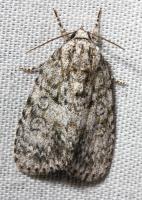
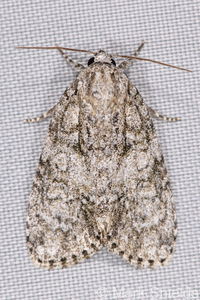
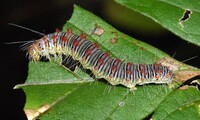
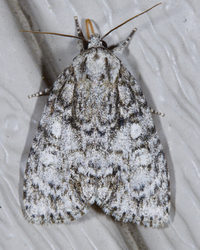

 »
»


